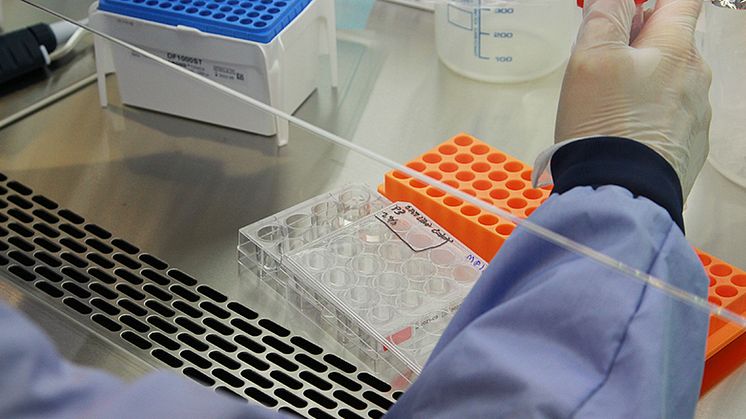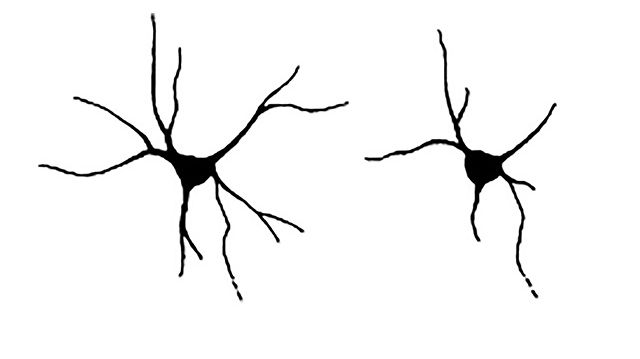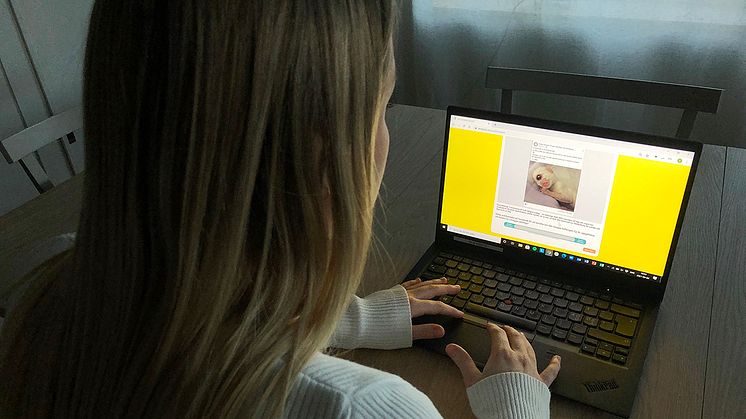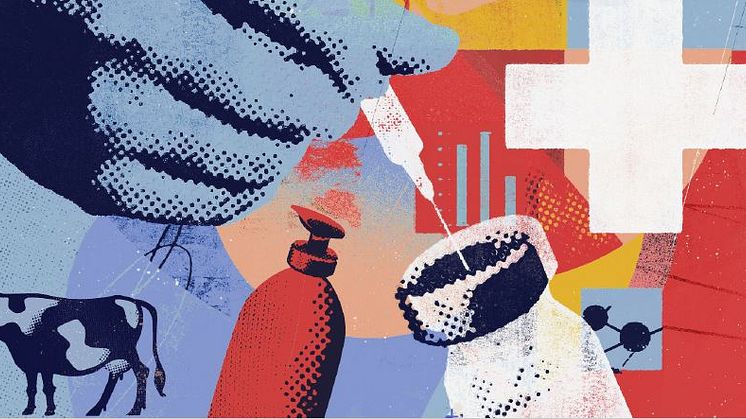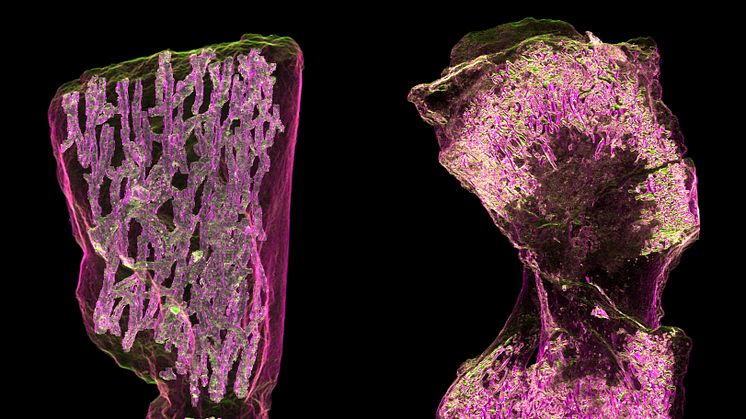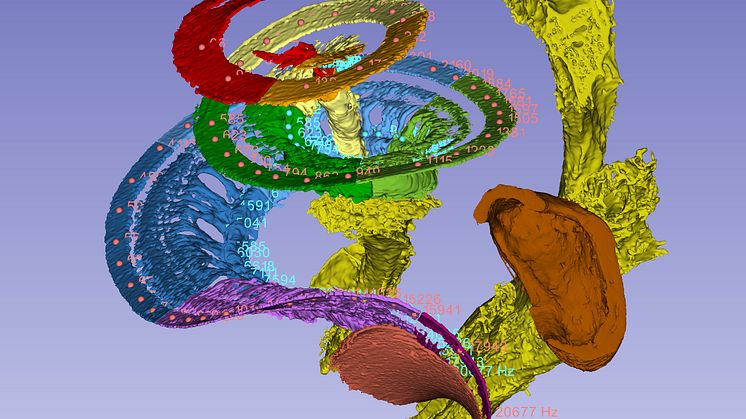Gut epithelium muscles up against infection
To maximise absorption of nutrients from the diet, the intestinal mucous membrane has a large surface area. However, this also makes it vulnerable to attack from aggressive gut microbes. A new study by Uppsala University researchers now shows that the surface layer of the mucosa, known as the epithelium, can rapidly contract when it recognises a bacterial attack.
